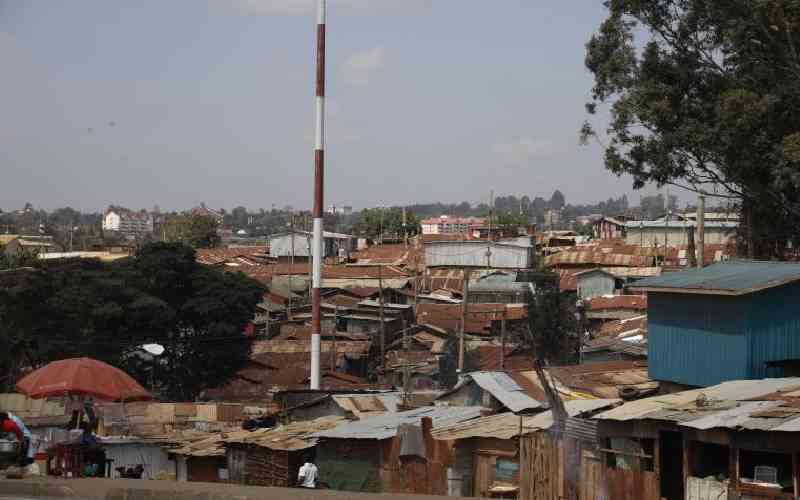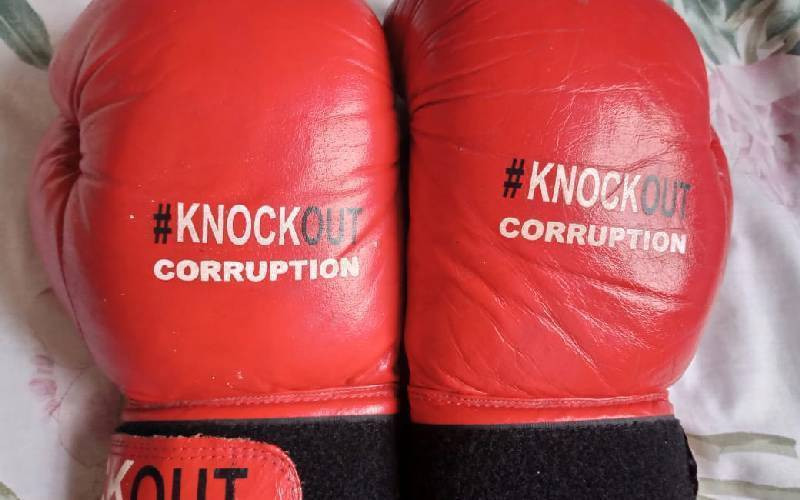The expression “Lords of Poverty” has snaked its way into Kenya’s political phraseology. Every so often, some elite politician refers to another one as “the lord of poverty.” Earlier this week, Deputy President William Ruto, was on the rampage. In a full-blown seizure of anger, he railed at an unknown person, whom he called “the lord of poverty.” But who are the lords of poverty?
In 1989, American journalist and researcher Graham Hancock published the controversial book titled Lords of Poverty: The Power, Prestige, and Corruption of the International Business Aid. The East African correspondent for The Economist became an instant focus for conversations in development studies across Africa and beyond. He had gone into sensitive space. He was calling Western “do-gooders” the lords of poverty.
This was at a time when the Western world of capital was bringing down the Iron Curtain. Communism was on its knees and, with it, the recurrent criticism against the Western “aristocracy of mercy.” Such criticisms were then common among opponents of capitalism and imperialism. “Progressive” leftist scholarship frowned upon international development aid.
It criticised capitalist charity as a sugarcoated poison. This charity was insincere posturing, calculated to give the excesses of Western capitalism in the poor world a superficial sweet taste and a good face. In 1917, Vladimir Lenin had published the essay Imperialism: The Highest Stage of Capitalism. Western consort with the rest of the world could only be harmful, he argued. This interaction may come as business investment, or as trade.
It may also come as partnership in the form of a loan. Sometimes it took on the face of a direct transfer of money from a rich Western government to a poor Third World country. Such transfers were to be seen in the context of the then dominant Western “Theory of Modernisation” which created the view that poor countries could be “modernised” and “developed” through the kindness of rich countries.
The so-called “Theory of Modernisation” was countered by other theories, like the “Dependency Theory.” Such theories argued that vital resources flowed from the poor countries to rich countries. Things like “aid” by “do-gooders” from the West were cover-ups for “exploitation.” They were to be resisted, as was capitalism generally.
Regardless of who was right or wrong, it is within this framework that the notion of the lords of poverty must be understood. These lords, as Hancock conceives them, are a wicked lot. They only arrive disguised as “do-gooders” with bundles of goodies. Yet, their cargo does not reduce poverty – leave alone ending it. It is in their interest that the poor should remain poor so they can keep on bringing them charity and continue looking “good” with a selfish agenda.
Beyond looking good, they have kept alive an infrastructure of corruption. Hence, the “do-gooders” as described by Hancock, are essentially thieves. Greed is what drives them. In the guise of eliminating hunger and misery among the poor, these lords of benevolence steal from them. The benevolent aristocracy of mercy is in the end a class of the lords of poverty. If poverty and misery were to end tomorrow, they would be in trouble. Their clarion call is, “Long live poverty.”
So who are the lords of poverty in the Kenyan context today? The question is not fully answered if we have not introduced another notion – the lords of the flies. The flies, as you know, flock around rot. In the novel Lord of the Flies (1954), William Golding paints the picture of flies worshiping a rotting pig’s head in the jungle. The attraction of the pig is the rot and its nasty smell. Is it amazing that while the smell of rot is sickening and repulsive, flies will find it sweet and attractive?
Swarming of flies around stench and rot are nothing new. We read in the Bible 2 Kings 1:2 – 6 of the Lord of the Flies. In Biblical exegesis, this is mischievous philistine deity. Apart from his capacity to engage in strange flights, he is also attractive to flies. Hence this deity, also known as Beelzebub, is at once the Lord of the Flies and Lord of the Fliers. His attraction is his rot and stench, the stench of corruption.
Lord of the Flies reminds us of William Butler Yeats (1865 – 1939) where he has said in the poem The Second Coming:
Somewhere in sands of the desert/ A shape with lion body and the head of a man, / A gaze blank and pitiless as the sun,/ Is moving its slow thighs, while all about it/ Reel shadows of the indignant desert birds.
Yeats describes a season when the circle of anarchy is expanding. Law and order are in free fall. The centre of what is good in us cannot hold. “The falcon cannot hear the falconer.” Such seasons produce pitiless lions with human heads. They give birth to indignant desert birds that rally around the lions with pitiless gazes.
Such lions could be concurrently the Lords of the Flies and the Lords of Poverty. Wherever they go, there will be birds and flies all around them: for, the serpent hisses where the sweet birds sing. The bird called the Lucifer hummingbird must adjust to life around the desert king. And jungle flies must swarm around the Lord of the Flies. Lord of the Flies, or Lord of Poverty – the difference is the same.
- The writer is a strategic public communication advisor. www.barrackmuluka.co.ke
Stay informed. Subscribe to our newsletter
 The Standard Group Plc is a
multi-media organization with investments in media platforms spanning newspaper
print operations, television, radio broadcasting, digital and online services. The
Standard Group is recognized as a leading multi-media house in Kenya with a key
influence in matters of national and international interest.
The Standard Group Plc is a
multi-media organization with investments in media platforms spanning newspaper
print operations, television, radio broadcasting, digital and online services. The
Standard Group is recognized as a leading multi-media house in Kenya with a key
influence in matters of national and international interest.
 The Standard Group Plc is a
multi-media organization with investments in media platforms spanning newspaper
print operations, television, radio broadcasting, digital and online services. The
Standard Group is recognized as a leading multi-media house in Kenya with a key
influence in matters of national and international interest.
The Standard Group Plc is a
multi-media organization with investments in media platforms spanning newspaper
print operations, television, radio broadcasting, digital and online services. The
Standard Group is recognized as a leading multi-media house in Kenya with a key
influence in matters of national and international interest.








